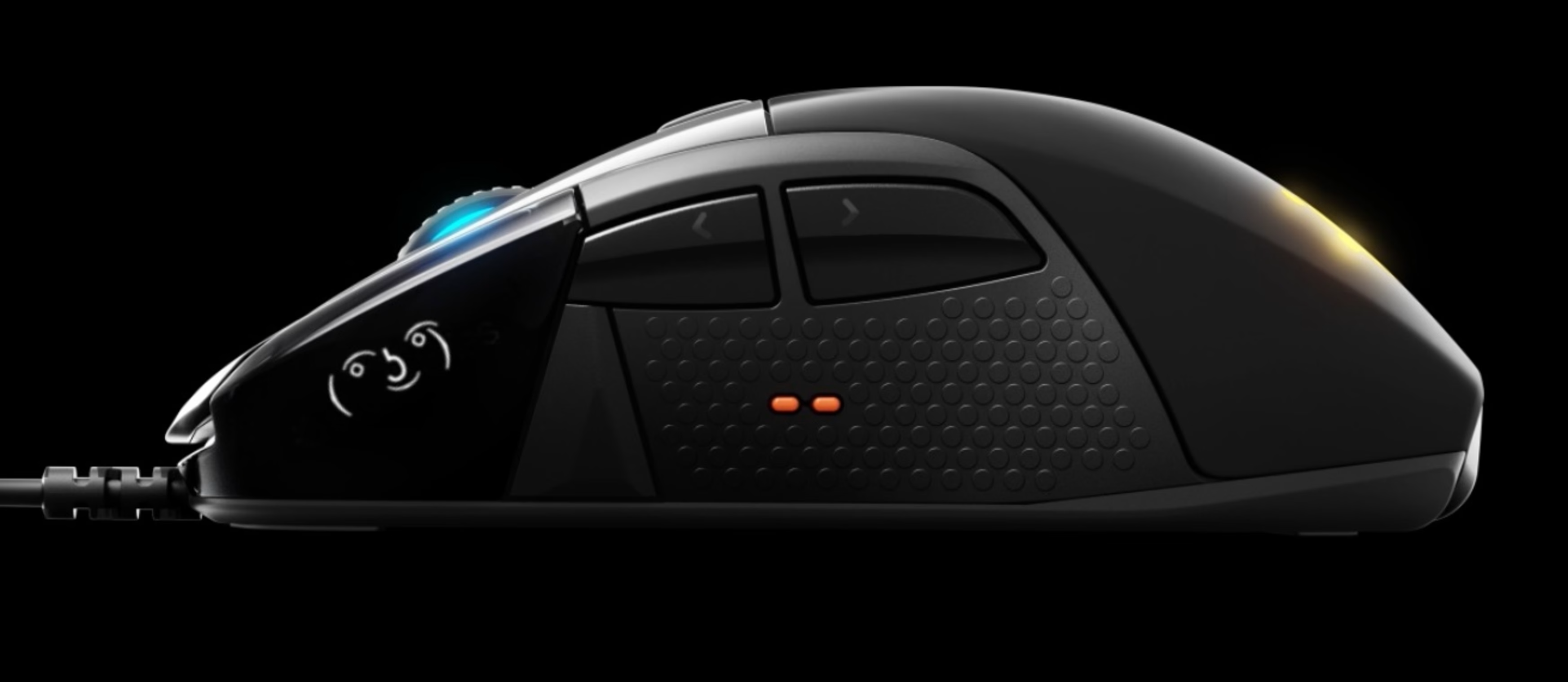
How to Braindance in Cyberpunk 2077
Everything you need to know about braindancing in Night City.

The braindance is an integral part of Cyberpunk 2077. Here's how you can do it and what you need to know.
Cyberpunk 2077 is home to a wide variety of intriguing futuristic tech. Pop stars have bodies made of chrome. You can find guns with bullets that seek out their prey. Perhaps one of the coolest innovations of Night City, however, is the braindance.
Braindancing is an interesting new form of entertainment in Cyberpunk 2077. Similar to experiences we have in virtual reality, braindances offer ways to go beyond seeing and controlling situations, but crossing over into feeling them.
Violent and sexual films tend to be some of the most popular braindances, as you can imagine. But while you as a user can't experience them the way Night City residents can, braindances are an important part of Cyberpunk 2077 that you'll use several times throughout the game. We've got a handy guide to everything you need to know about braindancing in the dystopian world of this year's biggest RPG.
How to braindance in Cyberpunk 2077

You're introduced to your first braindance by way of a woman named Judy Alvarez at a nightclub near the beginning of the game. Judy gives you the ability to control and edit "BDs," as each file is called, as well as the cranial-based machine you need to wear to explore each one.
Braindance segments only happen few and far between throughout the game. It's not something you can voluntarily turn on and try out whenever you feel like it, but there are plenty of story-centric moments that will require you to use the machine to solve mysteries central to the narrative. When it's time to do a braindance, the game will let you know, so there's no need to do anything but wait for one to happen. Be sure to follow the on-screen prompts when it does.
Judy will explain the controls and features of braindances when you jump in for the first time. You can perform a series of tasks within BDs, such as fast-forwarding and rewinding the recording like a Blu-ray or a video on YouTube, zooming in on items, changing layers between visual, audio, and thermal optins, and changing your position throughout the recording to see and hear more.
The visual layer is a way to let you explore the braindance recording by moving the camera around as you see fit. You may very well see hidden items here if you look closely, but some will remain hidden if you don't swap to other layers and check around first.
The audio layer lets you listen in on sounds recorded during the braindance, like phone calls, voices through walls, or even vents. The thermal layer is similar in that you can check for different temperatures, such as extreme hot and cold, which will end up helping you find what you're looking for. You can scrub through each recording to find certain points to scan for additional clues as well.
Once you've gotten the clues you need from a braindance, you can close the editor or just continue scanning and playing the BD for your own personal enjoyment or curiosity. These segments are very simple to get through. Unfortunately, there aren't as many as you'll wish there were by the time the game comes to an end.
Here's hoping custom BDs and additional experiences are soon on their way!
Read more
- Cyberpunk 2077 PC System Requirements
- Best Gifts for Cyberpunk 2077 Fans
- Who Created the Cyberpunk Genre?
Ready to chat about all things Cyberpunk 2077? Join the official SteelSeries Discord server for plenty of talk about Night City.

Brittany Vincent has been covering video games and tech for 14 years for a variety of publications. When she's not writing or gaming, she's looking for the next great visual novel (like Saya no Uta.)